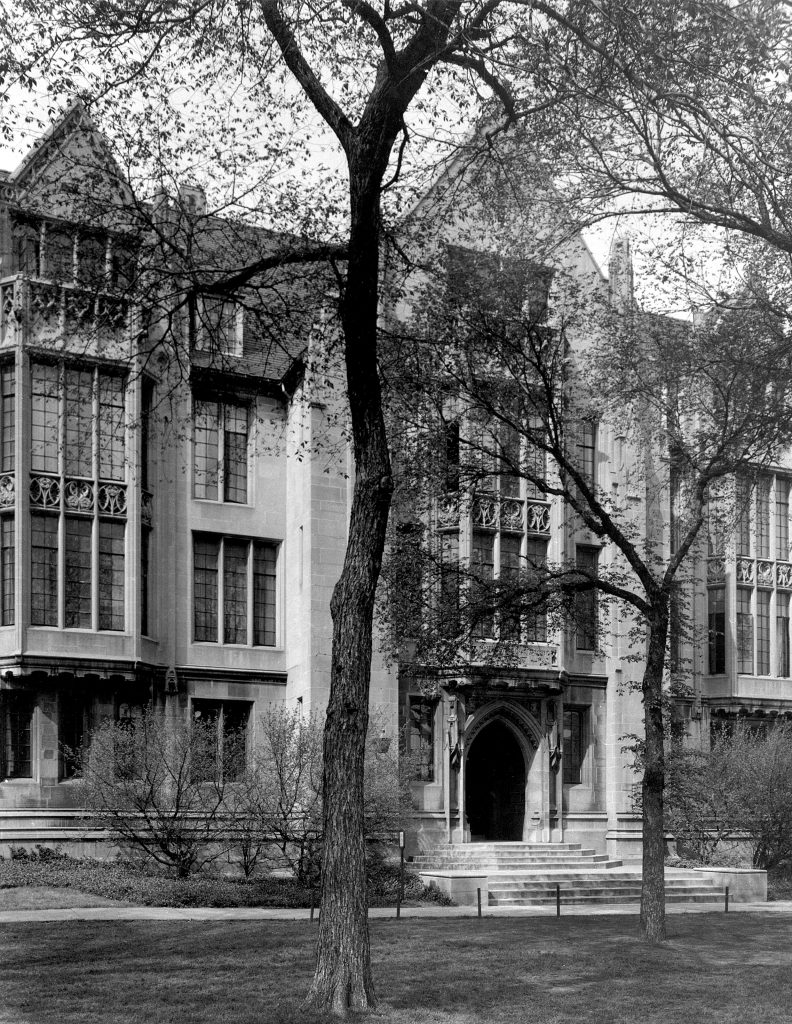David L. Hill was an associate experimental physicist at the University of Chicago’s Metallurgical Laboratory (“Met Lab”) during the Manhattan Project.
After graduating from the California Institute of Technology in 1942, Hill was recruited to join the Met Lab. From 1942 until 1946, Hill worked at the Met Lab under Enrico Fermi.
Hill worked in the Chicago Pile 1 (CP-1) group. On December 2, 1942, he was on one of the forty-nine scientists, who witnessed the Chicago Pile 1 at Stagg Field become the world’s first nuclear reactor to critical.
Hill was also one of seventy scientists and workers to sign the Szilard Petition, a document written by Leo Szilard petitioning President Truman to avoid dropping the atomic bombs on Japan.
Later Years
Following the bombing of Hiroshima, Hill joined a Met Lab group focused on addressing the political and social implications of the bomb. The group was led by Eugene Rabinowitch and featured scientists such as Austin M. Brues and Leo Szilard. According to the Journal of Glenn T. Seaborg, the group aimed to prepare a declaration discussing the following points: “(1) forms of control are possible but will break down if an individual nation gets out of hand, (2) collective sanctions will not prevent war, (3) police force will not help, (4) world government is the only solution, (5) world government is possible by (a) conquest or (b) union.”
The views of the group were eventually published in LIFE Magazine on October 29, 1945. The article entitled “The Atomic Scientists Speak Up: Nuclear Physicists Say There is No Secrecy in Atomic Bomb and No Defense Against It” was written by Hill, Rabinowitch and John A. Simpson, Jr. The article discussed the moral responsibility of scientists to prevent the further use of nuclear weapons.
After World War II, Hill worked at Argonne National Laboratory, the successor of the Met Lab. He was an associate physicist and the group leader of Group 7.
Hill received his Ph.D. from Princeton University in 1951. The same year, he married his wife Mary. After earning his degree, Hill taught at Vanderbilt University as an assistant professor. In 1954, he moved to California to work in the Theoretical Physics Division of the University of California’s Los Alamos Scientific Laboratory.
Hill founded and operated a number of firms in scientific research and development. From 1963 to 1972, he was the head of Nanosecond Systems Inc., a company that made high-precision measuring equipment.
He was the president of Harbor Research Corporation for thirty years. Hill was a fellow of the American Physical Society and the American Association for the Advancement of Science.
At the age of eighty-nine, David L. Hill died on December 14, 2008.
For more information about David L. Hill, please see the following references:





